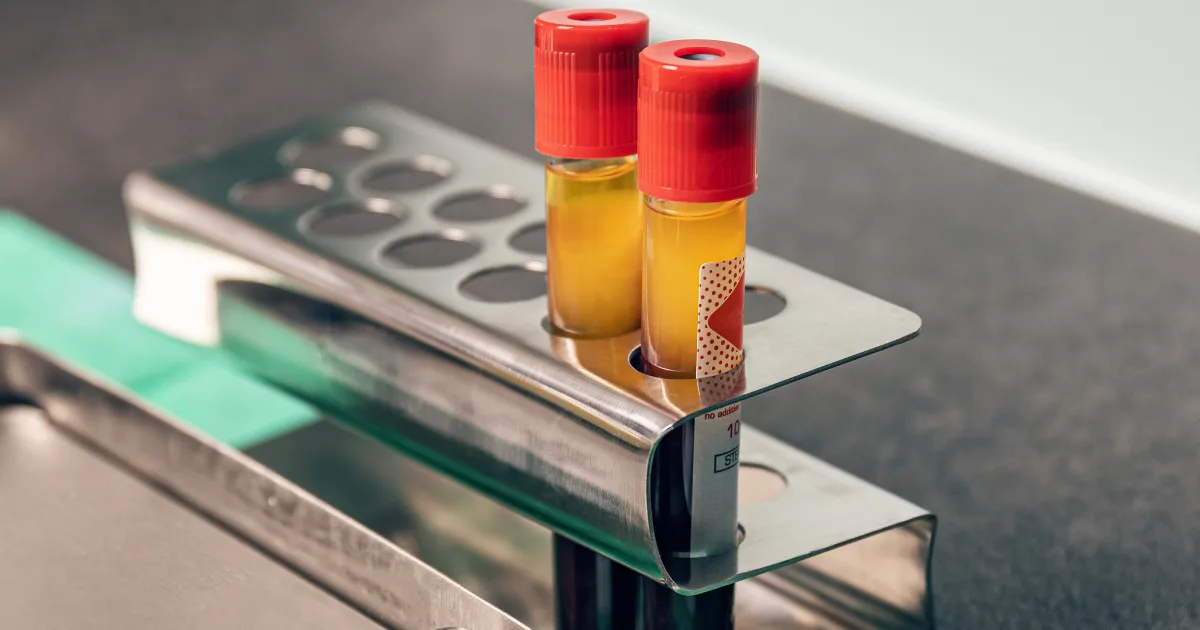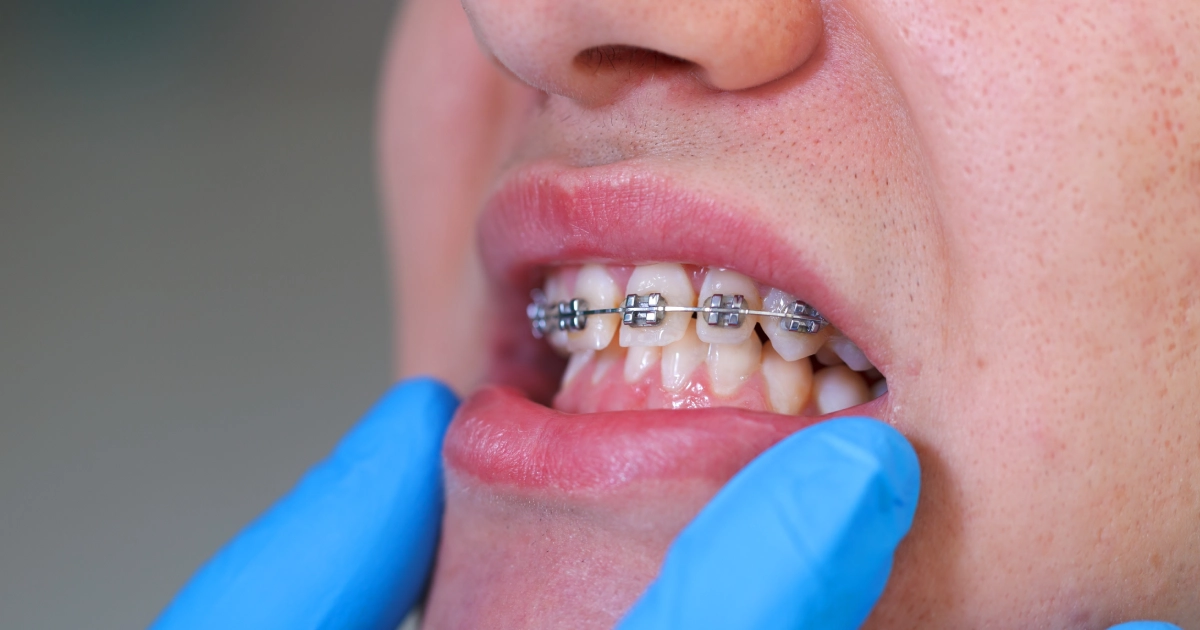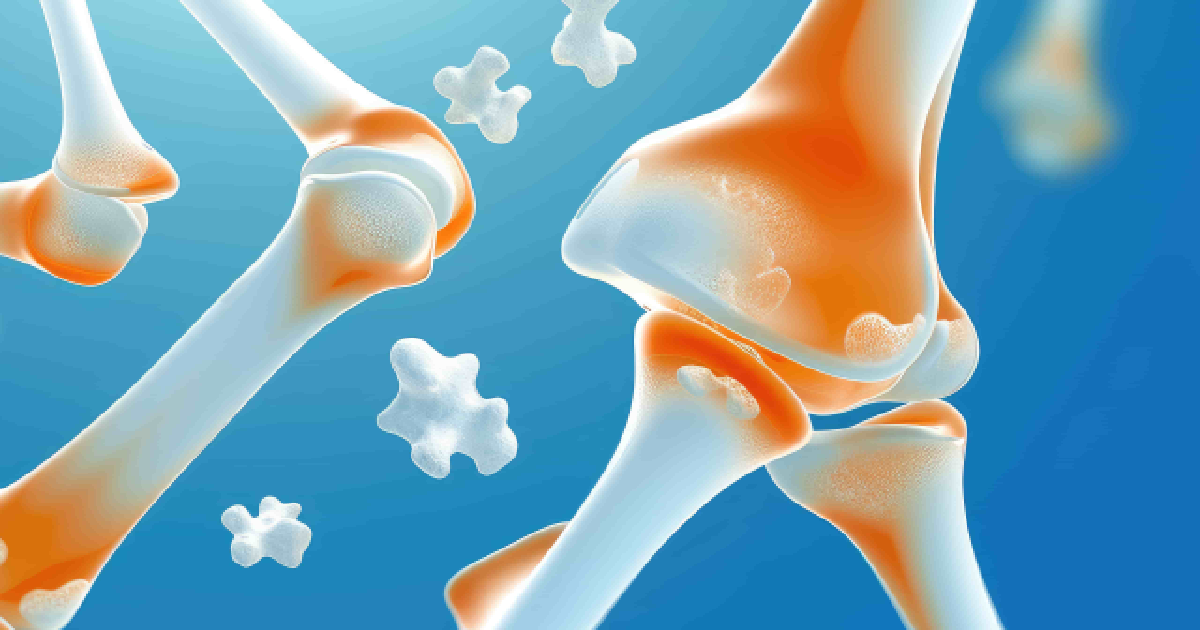Sinus lift surgery is a procedure that is done to add bone to the upper jaw, particularly in the area where the molars and premolars are located. This is necessary because the sinuses are located just above this area. When teeth are lost or extracted, the bone in this area can also be lost, leaving insufficient bone for implant placement. Sinus lift surgeries have become more common as dental implant placement has increased in popularity, but what is the success rate of these procedures? In this blog, we will explore the success rates of sinus lift surgeries and the factors that affect their outcomes.
What is a Sinus Lift Surgery?
Before discussing the success rates of sinus lift surgeries, it is essential to understand what this entails. A sinus lift, or sinus augmentation, is a surgical procedure that aims to add bone to the upper jaw by lifting the sinus membrane and placing bone graft material into the space created. The goal of this procedure is to provide enough bone height and width to allow for the placement of dental implants. A sinus lift may be necessary when there is insufficient bone height in the upper jaw due to tooth loss or when the sinuses are too close to the jawbone.
Success Rates of Sinus Lift Surgeries
The success rates of sinus lift surgeries vary depending on several factors, including the amount of bone graft material used, the technique used, and the surgeon’s experience. Overall, studies have shown that the success rate of sinus lift surgeries is high, with success rates ranging from 85% to 97%.
One study published in the Journal of Oral Implantology looked at the success rates of 163 sinus lift procedures performed by two experienced surgeons for ten years. The study found a success rate of 96.9%, with only six implant failures out of 163 implants placed.
Another study published in the International Journal of Oral and Maxillofacial Implants looked at the outcomes of 50 sinus lift procedures using the lateral approach technique. The study found a success rate of 92%, with only four implant failures out of 50 implants placed.
Factors that Affect the Success Rate of Sinus Lift Surgeries
Several factors can affect the success rate of sinus lift surgeries. These include the amount and quality of bone graft material, the technique, the surgeon’s experience, and patient-related factors such as smoking and medical conditions.
- Amount and Quality of Bone Graft Material
The amount and quality of bone graft material used during a sinus lift surgery can significantly affect the procedure’s success rate. Studies have shown that using autogenous bone grafts (bone taken from the patient’s own body) has higher success rates than other graft materials. However, the availability of autogenous bone grafts may be limited, and different types of graft materials, such as allografts (from a donor) or xenografts (from an animal), may be used. The quality of the bone graft material is also essential, as it must be able to integrate with the patient’s existing bone to provide a stable base for dental implant placement.
- Technique Used
The technique used during a sinus lift surgery can also affect the procedure’s success rate. Several techniques can be used to perform a sinus lift, including the lateral and crestal approaches. The lateral approach technique involves making a small incision in the gum tissue and creating a window in the side of the jawbone to access the sinus cavity. The crystal approach technique creates a small hole in the jawbone through the gum tissue to access the sinus cavity. Studies have shown that the lateral approach technique has higher success rates than the crystal approach technique.
- Experience of the Surgeon
The surgeon’s experience performing the sinus lift surgery can also affect the procedure’s success rate. Experienced surgeons with many sinus lift surgeries will likely have better outcomes than less experienced surgeons. This is because experienced surgeons have a better understanding of the anatomy of the sinus cavity and are better equipped to manage complications that may arise during the procedure.
- Patient-related Factors
Patient-related factors such as smoking and medical conditions can also affect the success rate of sinus lift surgeries. Smoking has been shown to reduce the success rate of dental implant placement in general, which also applies to sinus lift surgeries. Smoking can delay the healing process and increase the risk of implant failure. Patients with certain medical conditions, such as uncontrolled diabetes or autoimmune diseases, may also be at increased risk of complications during sinus lift surgeries.
Complications of Sinus Lift Surgeries
Although the success rates of sinus lift surgeries are high, some complications can occur during or after the procedure. These may include bleeding, infection, and perforation of the sinus membrane. Perforation of the sinus membrane occurs when the membrane is accidentally torn or punctured during the procedure. This can cause the bone graft material to enter the sinus cavity, leading to complications such as sinusitis. However, with proper management, these complications can usually be resolved.
Recovery after Sinus Lift Surgery
Recovery after sinus lift surgery can vary depending on several factors, including the patient’s overall health, the extent of the surgery, and the amount of bone graft material used. Patients may experience swelling, bruising, and discomfort for several days after the procedure. Pain medications and ice packs can help manage these symptoms.
Patients should avoid smoking and using straws for several days after the procedure, as these activities can increase the risk of complications such as bleeding and infection. Patients should follow their dentist or oral surgeon’s diet and verbal hygiene instructions.
Conclusion
In conclusion, sinus lift surgeries have become an essential procedure in implant dentistry, and their high success rates make them a popular choice for patients looking to replace missing teeth. However, it’s crucial to consider the factors that can affect the procedure’s success, such as the amount and quality of bone graft material used, the technique employed, and patient-related factors such as smoking and medical conditions.
If you’re considering sinus lift surgery, it’s vital to choose an experienced and qualified oral surgeon to perform the procedure. Access Oral Surgery is a trusted and reliable practice specializing in sinus lift surgeries and other advanced dental procedures. Their team of skilled and experienced oral surgeons uses the latest techniques and technology to ensure the best possible outcomes for their patients.
With proper planning, technique, and management of potential complications, the success rate of sinus lift surgeries can be optimized to provide a stable base for dental implant placement. Contact Access Oral Surgery today to learn more about sinus lift surgeries and other dental procedures they offer.




